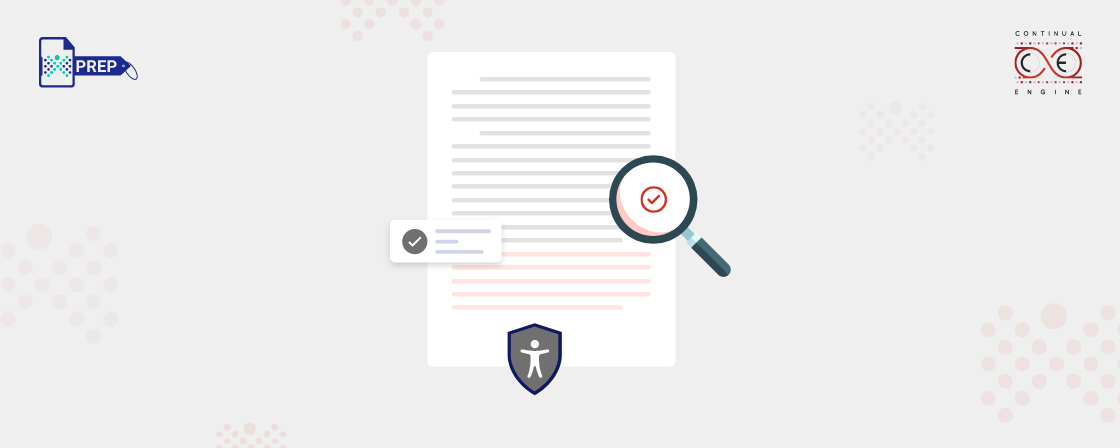What is VPAT?
The Voluntary Product Accessibility Template is known as VPAT. It is a document that details a thorough examination of how well a company and its product comply with the accessibility standards of Section 508 of the Rehabilitation Act.
A VPAT can be thought of as a straightforward public declaration of a company’s product conformity. A VPAT is a tool for illuminating the numerous intricacies of a product that affect its overall degree of accessibility compliance by offering as much detail and clarity as feasible.
Understanding accessibility standards and whom they apply to, are some crucial factors in understanding VPATs, their function, and which firms need to use one.
What is the Purpose of VPAT?
- Recognize the degree of accessibility compliance with a product. Compare the conformity of related products.
- Select a solution that best satisfies the organization’s functional and legal requirements as well as accessibility guidelines.
- When an accessible product is not available, make plans for access that is just as effective.
Is VPAT Mandatory?
Government organizations are required by Section 508 of the Rehabilitation Act to make ICT accessible to individuals with impairments. The CSU is subject to Section 508 in the State of California. To make ICT accessible to staff, students, and the larger campus community, the CSU and SSU have regulations and procedures in place.
The accessible procurement procedure includes a step where the VPAT of a product is obtained and examined. Thus, the creation or provision of a VPAT is optional for vendors. If you are thinking of not opting for VAPT, you may do so.
What are the Section 508 and the Web Content Accessibility Guidelines?
Federal agencies must create, obtain, utilize, and maintain information and communications technology that is accessible to people with disabilities in accordance with Section 508 of the Rehabilitation Act and Web Content Accessibility Guidelines (WCAG).
Section 508 not only directly affects federal agencies. Private organizations that want to work with the government or receive government funds must also demonstrate compliance with the law. This means that, like a government agency, these businesses must provide accessible compliance information in a VPAT.
The Web Content Accessibility Guidelines (WCAG) have now been accepted by many states and local governments in place of the federally mandated Section 508 criteria, going beyond what is required by law.
The necessity for an up-to-date VPAT that assesses the organization’s compliance with either Section 508 or WCAG, depending on the kind of agency, should be anticipated by your organization if you wish to do business with any government in the United States or agencies that may serve those governments.
